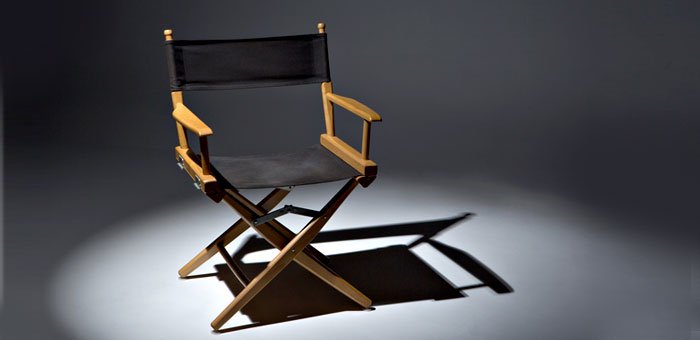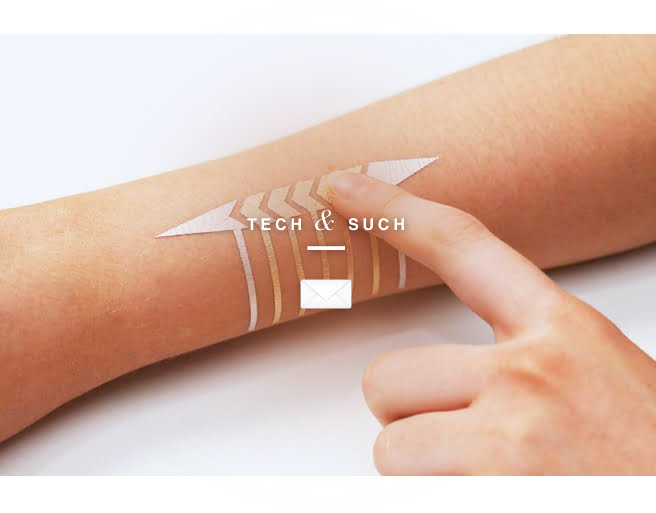2015 marked the year of the wearable tech revolution. This was with over 18 million sales of smartwatches, fitness trackers, sport watches and the like. The Apple watch took the lead with an estimated 12 million in 2015 (though Apple still refuses to give us the real deets) leaving the remaining 6 million for Samsung, Pebble, and Android Wear. Some people swear by them, love them, and wear them everyday. Others aren’t as fazed. Whether or not wider adoption will take hold is debatable.
WHAT IS WEARABLE TECH?
Wearable tech is any gadget you wear (as the name indicates). But this doesn’t include just any digital watch or sleek pair of headphones. There are key distinctions. Wearable devices include smart sensors (gyroscope, accelerometer, heart rate monitor etc.) that gather data. It can be interpreted either in a built-in processor or more commonly in another device via Bluetooth. Most wearables as we know them pair with your smartphone to deliver notifications, alerts and messages on your wrist. Smartphones essentially act as a router for data that connects to the internet at large. After, they send everything you see to the wearable device.
Standalone wearables are the new breed of wearables that includes all the features and functionality of a smartphone built-in. These wearables are the “smarter” technology that allow you to bypass the need for a smartphone. Instead of relying on a smartphone’s connection to the internet or its processor, standalone wearables act autonomously. Essentially, they’re the the sole receiver and displayer of data. They are able to function as discreet and seamless translators of our digital reality to our physical experience and vice-versa. With standalones, you can listen to your tunes and check your email without a phone in sight. Finally, your pockets breathe! Many Apple users hope that this is where the future of the Apple Watch lies.
WEARABLES: DEAD OR THE FUTURE?
Wearables when released were initially dismissed as overpriced commodities. The launch price of the Apple watch ranged from $399 to $17,000 (for an 18-Karat rose gold sports band). People didn’t see value in purchasing another expensive gadget especially when it requires an iPhone to actually use it. Those who bought in were disappointed with the not-so intuitive user interface and slowness when loading notifications and pulling data from their iPhone. Yet, contrary to the popular narrative that the Apple watch was a flop, sales have continued to increase. Similarly, when fitbit first dominated the activity tracker industry, tech watchers predicted the Apple watch would wipe out the market. Yet, Fitbit continues to outsell other fitness tracker competitors – perhaps for its exclusive focus on fitness, lower cost, and more advanced sensors.
Clearly the demand for activity trackers, smartwatches and wearables is here; how far it will rise and where the market is headed will depend largely the proliferation of “smart” objects, augmented reality, and object awareness/recognition devices.
Proliferation of smart objects.
As “smart” objects (objects that incorporate sensor technology) become mainstream, the greater the need for an easily accessible way to interact with this technology. Imagine turning on an oven by pressing a button on your wrist rather than reaching for your phone to accomplish the same task. Or imagine never having to carry a key to your car or home because your wearable device uses your heartbeat for authentication and then communicates to a smart device (This device exists, though not available to consumers just yet). Tesla designed an app for the Apple Watch where you can track the car’s location, lock and unlock doors, operate lights, and even monitor the car’s battery life all from your wrist. The time saving factor alone and ease at which wearable technology can communicate to the objects around us will increase supply and demand of wearable tech.
Microsoft HoloLens
Augmented reality (AR) is the process of “supplementing” real world environments by layering digital information over it in real time. AR presents a future where objects around us provide direct feedback. Microsoft’s HoloLens, the AR headset, is on the cutting edge of the wearable evolution. The technology itself is still in its infancy and not ready to be released to the general public. Some people are skeptical and dismiss it for its bulky design and limited field of view.
However, we all can agree on the extraordinary potential of such a device to appreciably transform the way we interact with our environment. Instead of using Google Maps on your iphone, imagine wearing Microsoft HoloLens and seeing the directions mapped on the sidewalk in real time. Or imagine instead of tapping into a cooking app, you interact with the technology overlaying your kitchen counter that provides instructions as you prepare your meal. With AR wearables, connection to a smartphone becomes less important as inanimate objects around us wake up and speak for themselves.
Object/Recognition Devices
Object recognition/awareness of the physical world which doesn’t rely on direct input from a user is a subset of AR, as most AR systems in development now or in the near future require a camera and intense image processing to analyze the environment. Disney Research Hub has done some work in object recognition based on touch. When you touch an object, a device you are wearing can figure out what it is, how you are holding it, and how you are using it. When the device knows what is going on around you and what you are doing there is less of a need for a central hub of communication that accepts textual or voice input.
* * *
These technological advancements will break our dependence on a single hub device, like a smartphone, that collects information and routes it where it needs to go. This will open the door for a new kind of wearable – a more discreet, invisible-like technology – that will act as a seamless communicator with our environment.
Read about all things wearables here.




